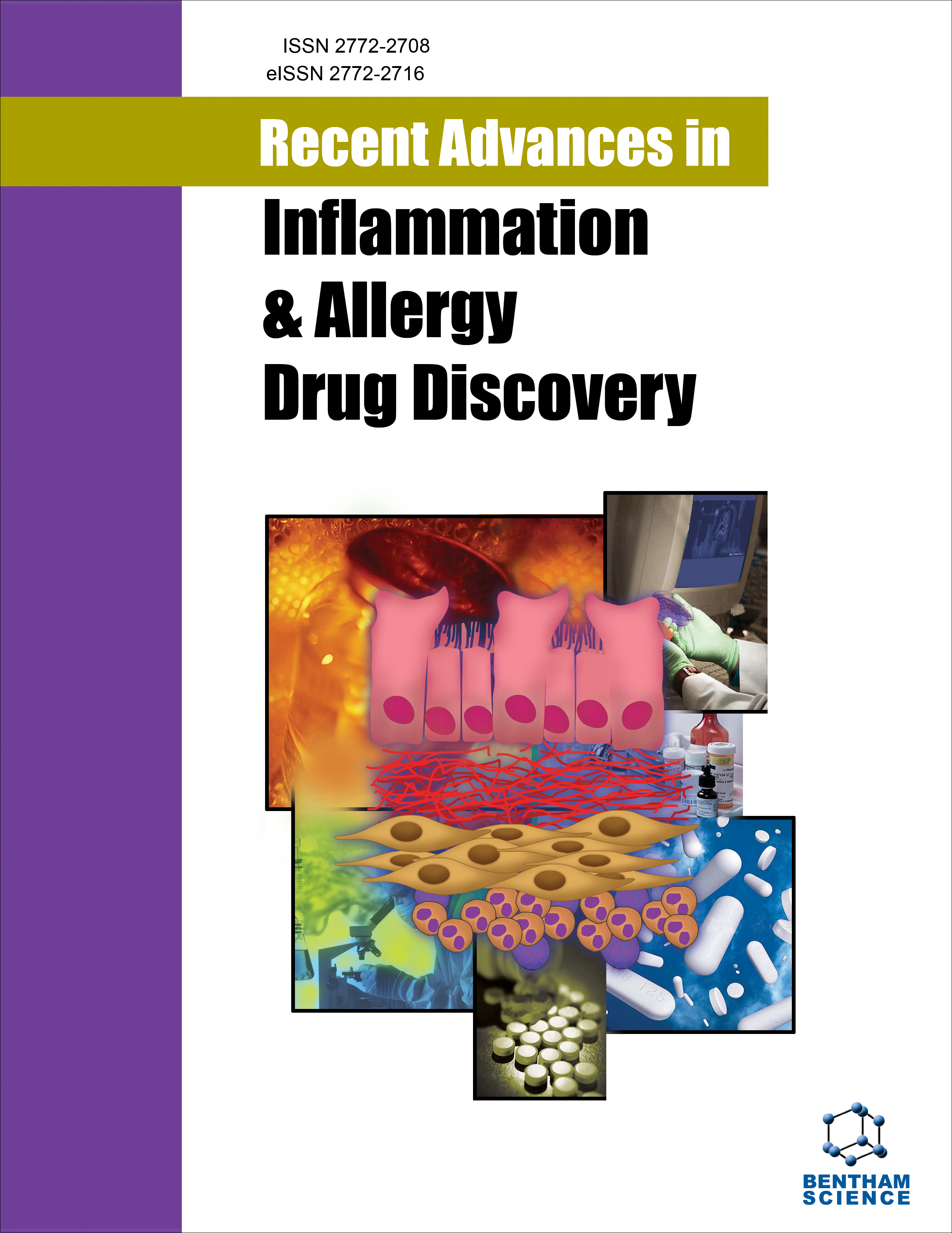
Full text loading...
Cyclooxygenases are enzymes involved in prostaglandin synthesis, a part of the inflammatory process. The most frequently applied anti-inflammatory drugs are NSAIDs; however, these medications exhibit very serious side effects, and often, reduce production or are withdrawn from the market. Recently, researchers were focused on finding new, safe, selective COX-2 inhibitors with safety features. This paper reviews cyclooxygenase enzyme malfunction-related diseases, current therapies and new drug discovery opportunities. Prostaglandin-endoperoxide synthases are enzymes involved in the synthesis of prostanoid peptides through the oxidation of nitric oxide and pyruvate phosphate. They are participating factors for various physiological and pathological processes, which include disorders of the oral tissues such as periodontitis, pulpitis, and oral cancer. This paper is a review of some pharmaceutical products in terms of history, efficiency, and possible side effects as inhibitors of the Cyclooxygenase enzyme. The analysis concludes that more recent Cox inhibitors, such as dietary modifications and natural supplements, hold promise for safer and more efficient treatment of diseases involving Cox enzyme function.

Article metrics loading...

Full text loading...
References


Data & Media loading...

